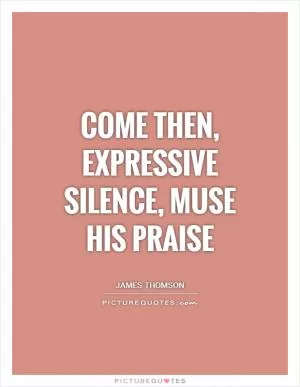While reason drew the plan, the heart inform'd the moral page and fancy lent it grace

While reason drew the plan, the heart inform'd the moral page and fancy lent it grace
James Thomson, a Scottish poet and playwright, is best known for his work "The Seasons," a series of four poems that celebrate the beauty of nature and the changing seasons. In his writing, Thomson often explored the relationship between reason, emotion, and imagination, as well as the interconnectedness of the natural world and human experience.The quote "While reason drew the plan, the heart inform'd the moral page and fancy lent it grace" encapsulates Thomson's belief in the importance of balancing reason, emotion, and imagination in both art and life. Thomson believed that reason, or logic and rationality, was essential for creating structure and coherence in a work of art. However, he also recognized the importance of the heart, or emotion and empathy, in imbuing a work with moral depth and emotional resonance. Finally, Thomson understood the power of fancy, or imagination and creativity, in adding beauty and elegance to a piece of writing.
In Thomson's poetry, we see how reason, heart, and fancy work together to create a rich tapestry of images and ideas. In "The Seasons," for example, Thomson uses reason to carefully observe and describe the natural world, from the changing colors of autumn leaves to the blooming flowers of spring. At the same time, he infuses his descriptions with emotion, drawing on his own feelings of awe and wonder at the beauty of nature. And through his vivid imagery and lyrical language, Thomson's imagination brings the scenes to life, allowing readers to experience the sights, sounds, and smells of the natural world.
Thomson's belief in the power of reason, heart, and fancy is not limited to his poetry, however. In his plays and essays, he also explores the complexities of human emotions, the importance of moral values, and the role of imagination in shaping our understanding of the world. Through his work, Thomson encourages us to embrace all aspects of our humanity – our reason, our emotions, and our imagination – in order to create art that is both intellectually stimulating and emotionally moving.












 Friendship Quotes
Friendship Quotes Love Quotes
Love Quotes Life Quotes
Life Quotes Funny Quotes
Funny Quotes Motivational Quotes
Motivational Quotes Inspirational Quotes
Inspirational Quotes